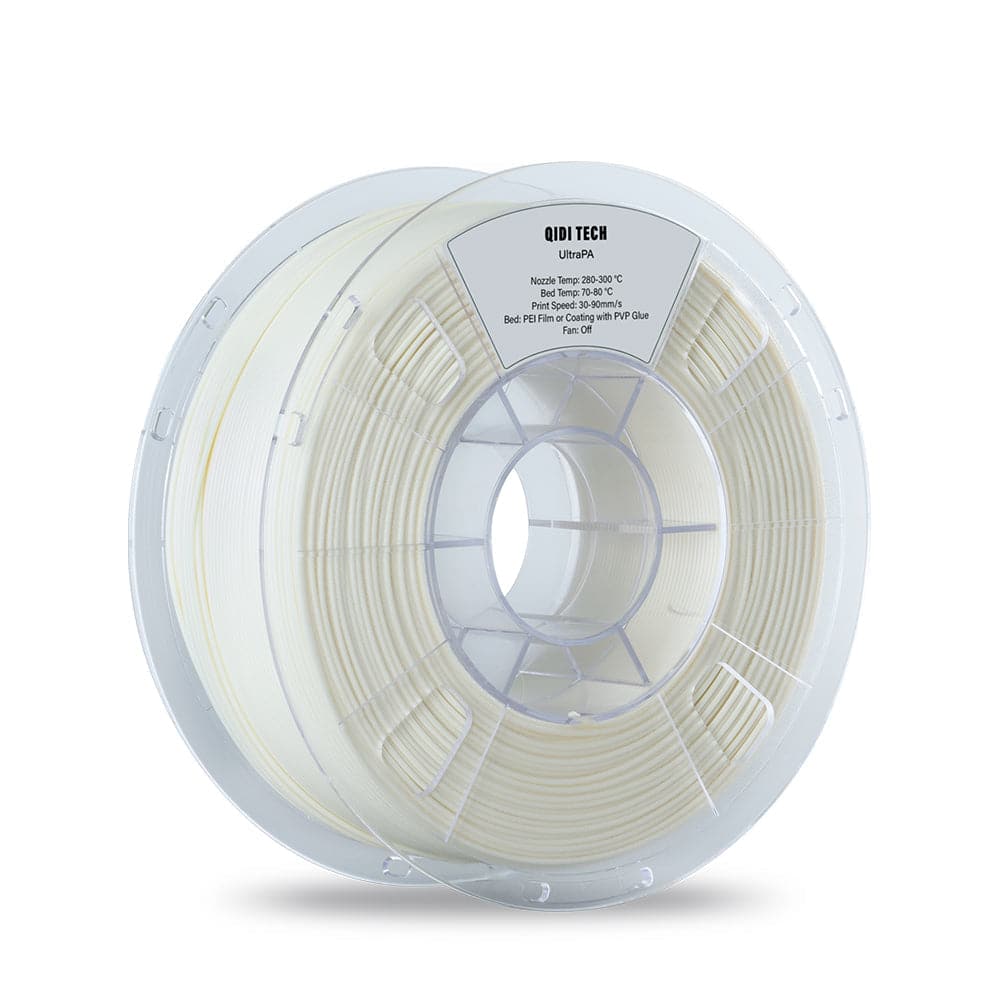Unlock the Secrets of FDM 3D Printing: Discover the Ultimate Filament Choices for Your Creations!
Fused Deposition Modeling (FDM) 3D printing has revolutionized the way we create and manufacture objects, offering an accessible entry point for hobbyists and professionals alike. At the heart of this technology lies the choice of filament, which significantly impacts the quality, durability, and functionality of the printed items. Selecting the right filament can mean the difference between a successful print and a frustrating failure. Filaments vary widely in composition, characteristics, and applications, making it essential for users to understand their options to achieve the best results for their projects.

Understanding FDM 3D Printer Filament
FDM 3D printer filament is a thermoplastic material that is heated and extruded through a nozzle to build layers of a 3D object. The filament typically comes in spools and is available in various diameters, with 1.75mm and 2.85mm being the most common. The composition of the filament can vary, affecting its melting point, strength, and flexibility. During the printing process, the filament is melted, deposited layer by layer, and solidifies as it cools. The choice of filament is crucial for achieving the desired print results; for instance, using a low-quality filament can lead to clogs, inconsistent flow, and poor adhesion between layers. Understanding the basics of filament properties helps users make informed decisions, ensuring their creations meet both aesthetic and functional requirements.
Types of FDM 3D Printer Filaments
There are several types of filaments available for FDM printing, each with unique characteristics and typical uses. PLA (Polylactic Acid) is one of the most popular filaments due to its ease of use and biodegradable properties. It is ideal for beginners and is often used for prototyping and decorative items. ABS (Acrylonitrile Butadiene Styrene), known for its strength and durability, is commonly used for functional parts and toys, but it requires a heated bed to minimize warping. PETG (Polyethylene Terephthalate Glycol) strikes a balance between ease of use and strength, making it suitable for mechanical parts and containers. TPU (Thermoplastic Polyurethane) is a flexible filament, perfect for creating items that require elasticity, such as phone cases and wearable devices. Other specialty filaments include nylon, which is strong and durable, and composite filaments that incorporate materials like wood or metal for unique finishes.
Comparative Analysis of Filament Properties
When comparing different FDM filaments, several key properties come into play. Strength is essential for functional parts; ABS generally offers greater tensile strength than PLA. Flexibility is another important factor; TPU excels here, allowing for the creation of bendable objects. Temperature resistance is crucial for applications exposed to heat; ABS can withstand higher temperatures compared to PLA, which may deform in high heat environments. Ease of use varies significantly among filaments; PLA is beginner-friendly, while ABS requires more careful handling to avoid warping. Additionally, print speed and layer adhesion can differ, affecting the overall workflow. Understanding these properties allows users to match the right filament with their project requirements, ensuring a successful printing experience.
Choosing the Right Filament for Your Projects
When selecting filament for a specific project, several factors should be considered. First, assess the intended use of the printed object; items meant for display can utilize PLA, while functional parts may benefit from the durability of ABS or PETG. Print quality is also vital; higher-quality filaments typically produce smoother finishes and better details. Printer compatibility is another critical factor; ensure your 3D printer can handle the chosen filament's requirements, such as the necessary nozzle temperature and bed adhesion characteristics. Personal experiences from friends have shown how different filament choices can lead to vastly different outcomes—one friend, for instance, struggled with ABS until they switched to PETG for their mechanical parts, resulting in much more reliable prints. Taking the time to evaluate these factors can greatly enhance the success of your 3D printing endeavors.
Maximizing Your 3D Printing Success with the Right Filaments
In conclusion, understanding FDM 3D printer filament options is essential for anyone looking to improve their 3D printing skills. From the various types of filaments available to their unique properties, each choice influences the outcome of your projects. By making informed decisions based on filament characteristics and specific project requirements, you can enhance the quality and functionality of your 3D printed objects. Don’t hesitate to explore the diverse world of filaments—experimenting with different materials can lead to exciting discoveries and improvements in your 3D printing experience.



